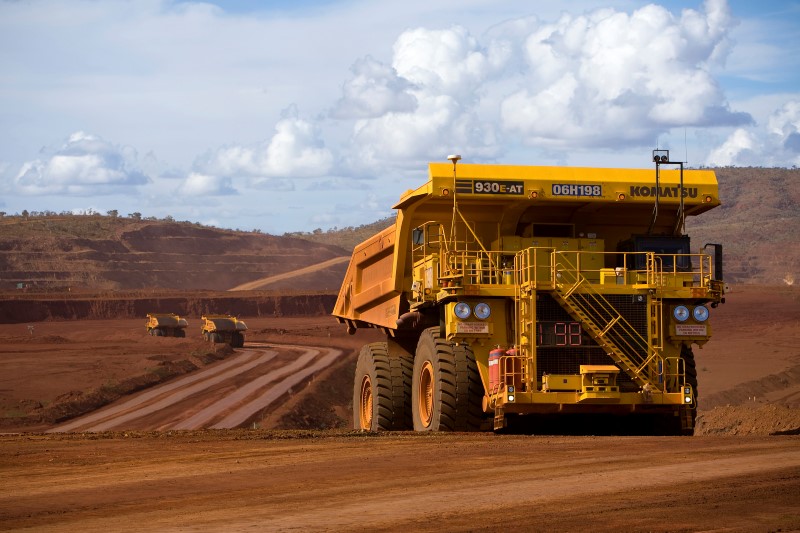(Adds details, analyst comment)
By Melanie Burton
MELBOURNE, Jan 28 (Reuters) - Newcrest Mining's NCM.AX second-quarter gold production beat analyst expectations, helped by a 22% recovery in output at its Lihir mine in Papua New Guinea, it said on Thursday.
Australia's biggest gold miner produced 535,477 ounces for the quarter ended Dec. 31, beating a UBS estimate of 528,000 ounces, but was down 2.8% compared with 551,115 ounces last year.
The miner's output was up 6.4% compared to the previous quarter, boosted by an increase in throughput and recovery at Lihir.
"We are very keenly watching the impressive progress across NCM's growth options, especially Havieron (Western Australia) and Red Chris (Canada)," said broker Shaw & Partners, which has a buy rating on the stock given expectations of low interest rates pushing up gold prices over the next one to three years.
The gold producer in January said it had won regulatory approval to start construction work at its Havieron gold-copper project in the highly prospective region, when it also approved a A$146 million ($113.4 million) spend. in October also approved expansion of its Cadia mine in New South Wales state and a recovery project at Lihir to boost production, following a decline in output in the prior two quarters. miner warned of planned shutdowns at Cadia and Lihir mines in March quarter, expecting a likely drop in mill throughput compared with the three months ended December.
Production from Lihir rose to 200,173 ounces from 163,994 ounces a year earlier, but flagship Cadia mine in Australia saw output slip to 194,088 ounces from 239,722 ounces last year.
However, it maintained its annual gold production forecast of between 1.95 million ounces and 2.15 million ounces, as well as copper output outlook of between 135,000 tonnes to 155,000 tonnes.
All-in sustaining costs for the group in the quarter stood at $968 per ounce, compared with $980 a year earlier, partly due to higher copper prices and sales volumes at Cadia where costs were negative $6.
Newcrest doubled costs linked to managing COVID-19 for the year to $60 million-70 million, up from an estimate of $30-40 million.
